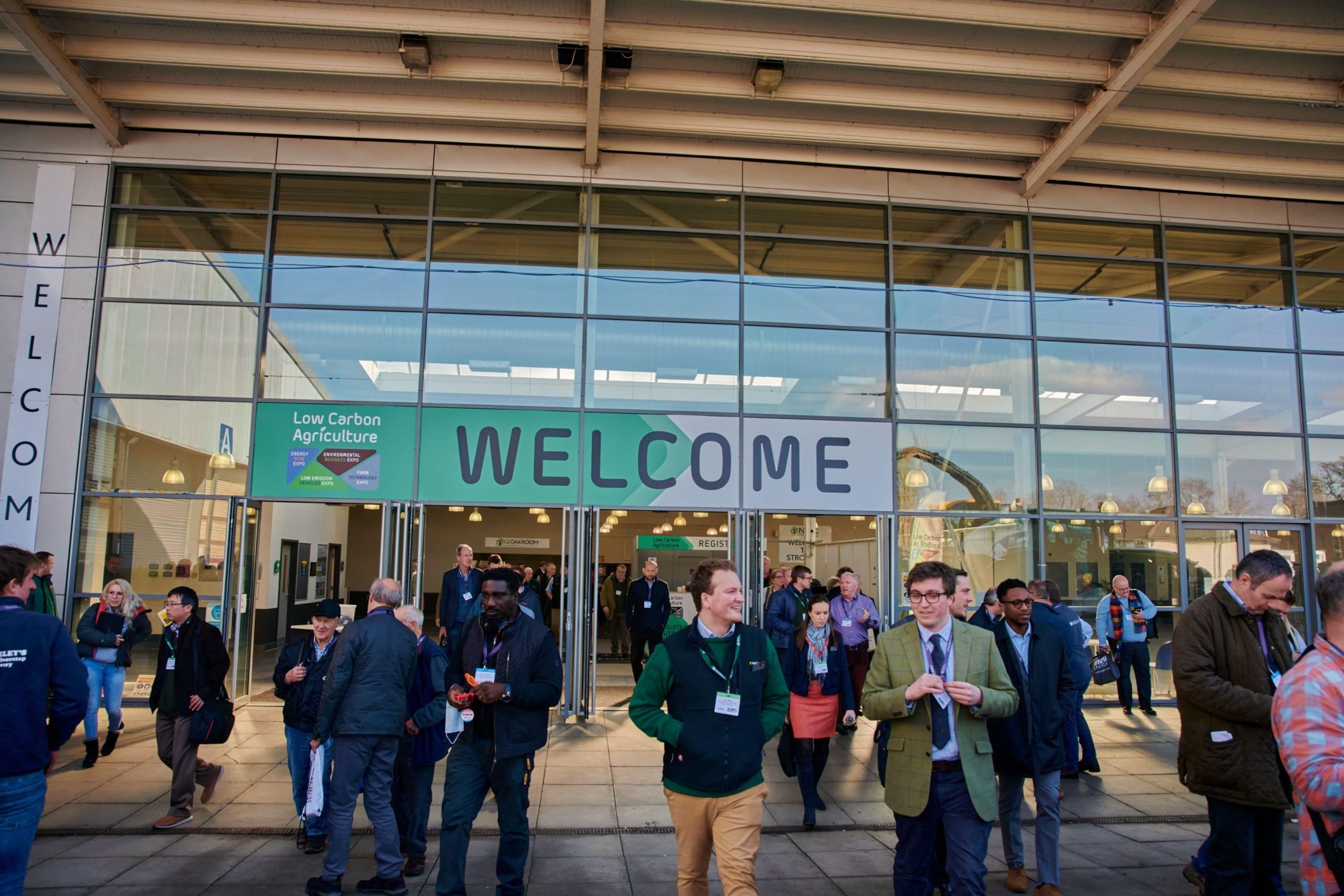Straw & Miscanthus: A great low-cost sustainable fuel source
)
With over 12 million tonnes of straw produced/yr in the UK, straw presents a viable, carbon-efficient alternative to fossil fuels. We cover the low carbon nature of straw, emissions considerations, significant carbon and cost savings achieved by transitioning from LPG/Oil to straw, the importance of fuel security and advancements in straw burning systems. Overall, the adoption of straw as a fuel options provides businesses with a sustainable, cost-effective, and locally sourced energy solution.
Straw as a sustainable low-cost fuel source is nothing new. Worldwide events over the last 3 years have all contributed towards business looking at energy supply chains, fuel costs, sustainability and the circular economy.
UK agriculture produces in excess of 12 M Tonnes/year of straw from a variety of crops including wheat, barley, oil seed rape, Miscanthus, oats, rye and triticale. Although a proportion of this is utilised for animal bedding, compost, power stations, animal feed, and incorporation back into the land, a large volume is available on an annual basis to provide energy.
Compared to fossil fuels (and the UK electric grid in general), straw is considered a “low carbon option”. Carbon realised during combustion is absorbed in the annual plant growth and hence there is a very short carbon cycle.
Some Key Facts:
- Straw used for fuel usually contains 14 – 19% moisture that vaporises during burning. The remaining dry matter consists of less than 50% carbon, 6% hydrogen, 42% oxygen, and small amounts of nitrogen, sulphur, silicon and other minerals e.g. alkali (sodium and potassium) and chloride.
- Combusting straw is significantly different to woody biomass fuels. The ash melting point is much lower in straw, necessitating a boiler with fully water-cooled internal sides and water-cooled moving grate to prevent clinker formation. The ash content is also much higher and requires a system with moving grates, auto de ash and compressed air tube cleaning.
- Individual speed control of components is required during the commissioning process, to meet the stringent emission limits.
- Straw & Miscanthus are ‘energy dense’, offering around 4200 kWh/T @typical 17% moisture content. This is equivalent to approximately 400l of heating oil or 571 Litres of LPG.
So why should the industry consider straw as a fuel source?
- Low Carbon:
BEIS publish carbon intensity figures each year for use in carbon calculations/foot printing.
See a sample below to contrast UK electric & LPG emissions against wood pellet and straw.
BEIS UK Government GHG Conversion Factors KgCO2/ kwh
|
Carbon- electric - kgCO2 |
0.23314 |
|
Carbon-LPG - KgCO2 |
0.23030 |
|
Carbon- Pellet - KgCO2 |
0.51513 |
|
Carbon-Straw - KgCO2 |
0.01316 |
Examples: Business changing from LPG to straw - annual CO2 savings:
A. Modern 6 house poultry unit:
Annual heat consumption 3,000,000 kWh/yr. C02 savings = 651 T /year
B. Agri food processing business:
Annual heat consumption 8,000,000 kWh/yr. C02 savings = 1,737 T /year
Although the UK Government have not implemented a ‘Carbon levy or tax’ for business yet, the European trading price for Carbon has averaged at around £62/T over recent years. With the Government’s commitment to zero Carbon emissions by 2050 the potential financial impact of such a tax could be substantial.
2. Low Fuel costs -Straw whole bale & straw pellet
|
Fuel Type |
Fuel cost price £/T or £/L |
Calorific value kWh/T or kWh/L |
Energy cost pence/kWh input |
|
LPG |
0.43 |
7.0 |
6.14 |
|
Kerosene-heating oil |
0.85 |
10.3 |
8.25 |
|
Good quality pellet EN plus A1 |
275 |
4700 |
5.85 |
|
25% mc roundwood chip (G30/P16) |
126 |
3500 |
3.60 |
|
50% mc whole tree chip wet |
75 |
2300 |
3.26 |
|
Straw (17%) Whole bale home produced cost of product inc. allowance for P&K, bailing & haulage |
38 |
4032 |
0.94 |
|
Straw (17%) Purchased typical local average price £/T |
65 |
4032 |
1.61 |
|
Miscanthus (17%) Whole bale home produced cost |
35 |
4400 |
0.80 |
|
Miscanthus Whole bale (17%) purchased on contract |
87.5 |
4400 |
1.99 |
|
Straw pellet - Wheat |
190 |
4032 |
4.71 |
|
Pellet - Miscanthus |
198 |
4400 |
4.50 |
The fourth column illustrates and contrasts the cost /kwh for several different fuel types, taking todays average fuel costs.
Examples: Business changing from LPG to whole bale straw, purchased on contract:
A. Modern 6 house poultry unit:
Annual heat consumption - 3,000,000 kWh/yr. Fuel cost saving - £135,900 /yr
B. Agri food processing business:
Annual heat consumption - 8,000,000 kWh/yr. Fuel cost saving - £362,400 /yr
The models and illustrations above are intended to give a snapshot of the likely carbon and fuel cost savings, many other factors are considered during the feasibility and design process.
3. Fuel security & Sustainable Circular Economy
Large areas of the UK are under arable production, growing cereals and Miscanthus. Fuel security hinges on utilising the resources available locally to the business, which are less likely to be affected by the volatility of worldwide events. Haulage of fuels has also become significant over recent months; circular thinking is therefore an important strategy for business leaders.
For example, Miscanthus yields well on marginal poorly drained land and is well suited to the higher rainfall western side of the UK.
Straw pellet for energy has slowly been developing. The energy required to produce pellet is significant, with most pellet plants using electricity for the production process (around1/3 of the cost). However, the rise in general fossil fuel prices has resulted in straw pellet becoming cost effective as a fuel source. The advantage of straw in pellet form is the ease of logistics, storage and handling for businesses who may struggle with whole bales. CFE are working closely with straw pellet producers to join up the supply chain with businesses. Our vision would be to have several smaller pellet plants, dotted around the UK to minimise transport and develop a more local fuel supply network. Long term fuel contracts are attractive to the growers and end user.
Boilers & fuel feed systems for straw
Over the past 10 years, CFE directors have worked closely with Danish manufacturers Justsen & Reka plus agronomy experts to develop commercial straw burning systems for UK compliance.
Straw boilers are generally larger than fossil fuel and woody biomass boilers, with automated fuel feed system tailored to suit the individual sites. Whole bale systems typically utilise an automatic bale feed table (typically 25m (l), feeding a slow rotating drum shredder. Straw pellet systems would typically use free standing pellet silos and auger transfers, similar to a wood pellet system.
Emissions: On 19th of December 2017 new legislation referred to as ‘The Medium Combustion Plant Directive’ or MCPD came into force in the UK for all new boiler systems over 1MW thermal input capacity. The MCPD plugs the gap between the Industrial Emissions Directive 2010/75/EU (the IED) and the “Eco-Design” Directive 2009/125/EC with a desire to improve air quality. We worked closely during 2018/19 with Justsen and consultant engineers to ensure the range of straw boiler systems meet the MCPD emission limits and EA compliance. Boilers in the range 500 – 5000 kW for cereal straw (wheat & barley), OSR and Miscanthus.







